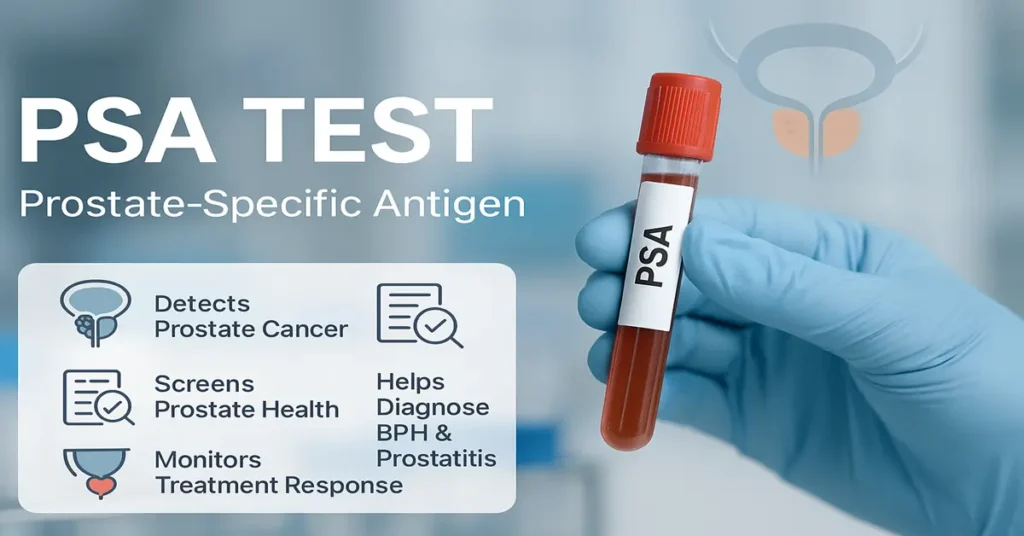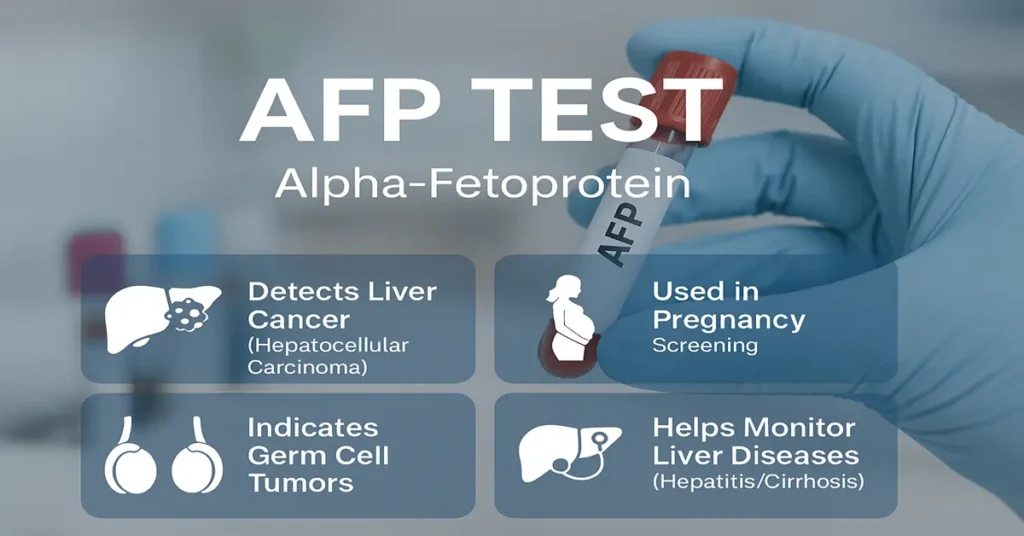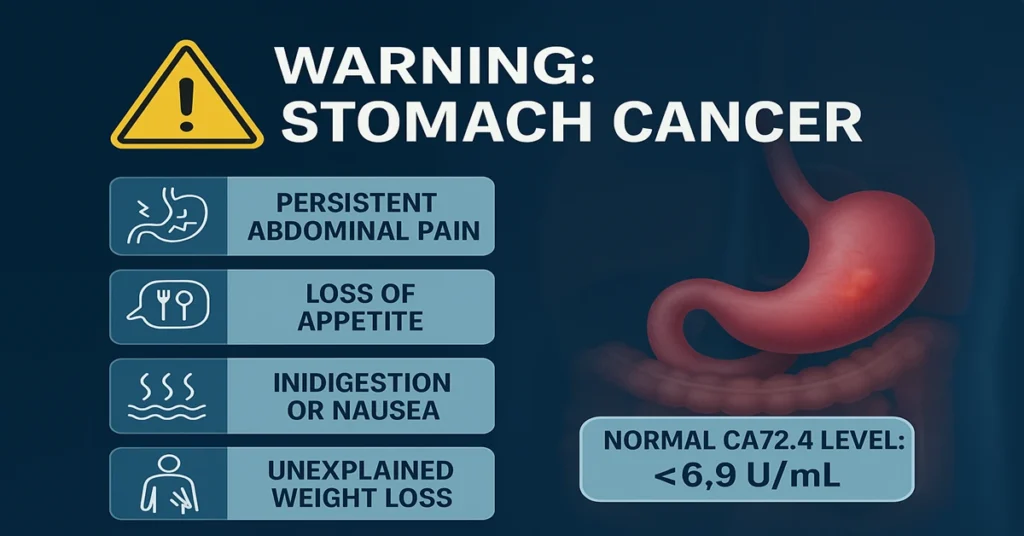LDH (Lactate Dehydrogenase) Test – Meaning, Function, Normal Range, and Clinical Importance
The LDH (Lactate Dehydrogenase) test measures an enzyme released during tissue damage. It helps detect heart, liver, lung, and muscle disorders, as well as cancers and anemia. Learn about LDH functions, reference ranges, and what high or low levels indicate.









